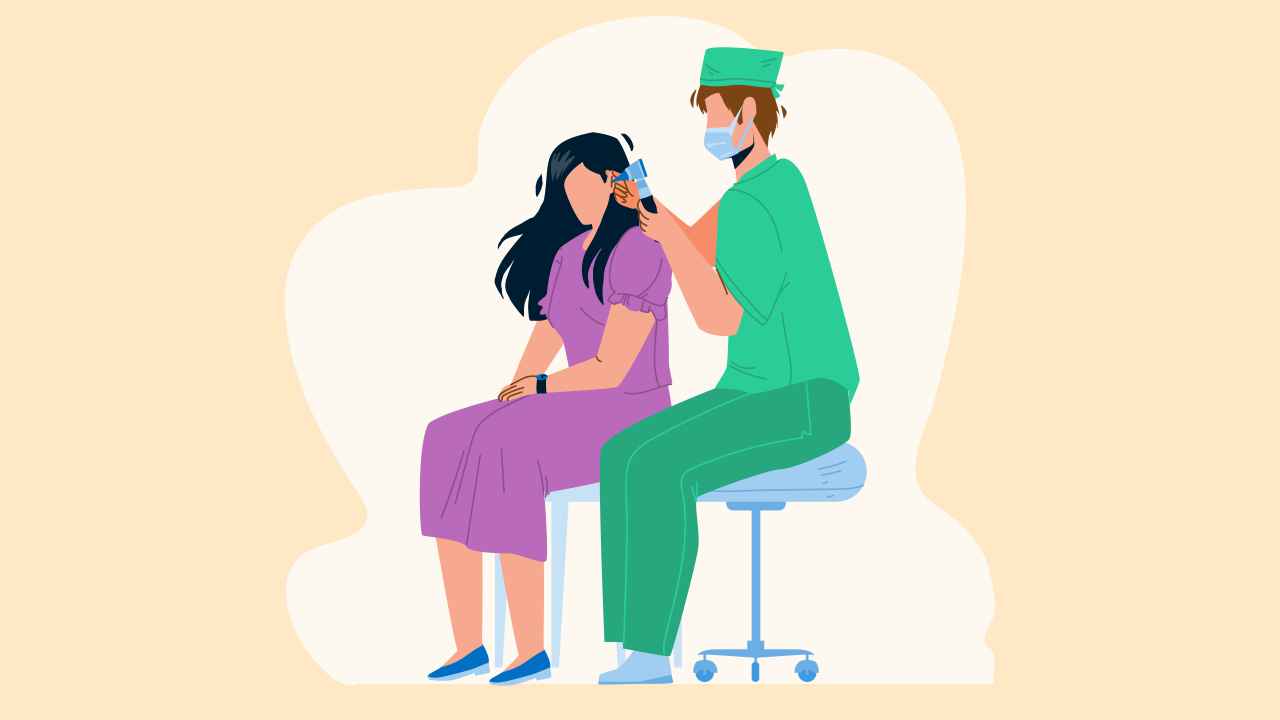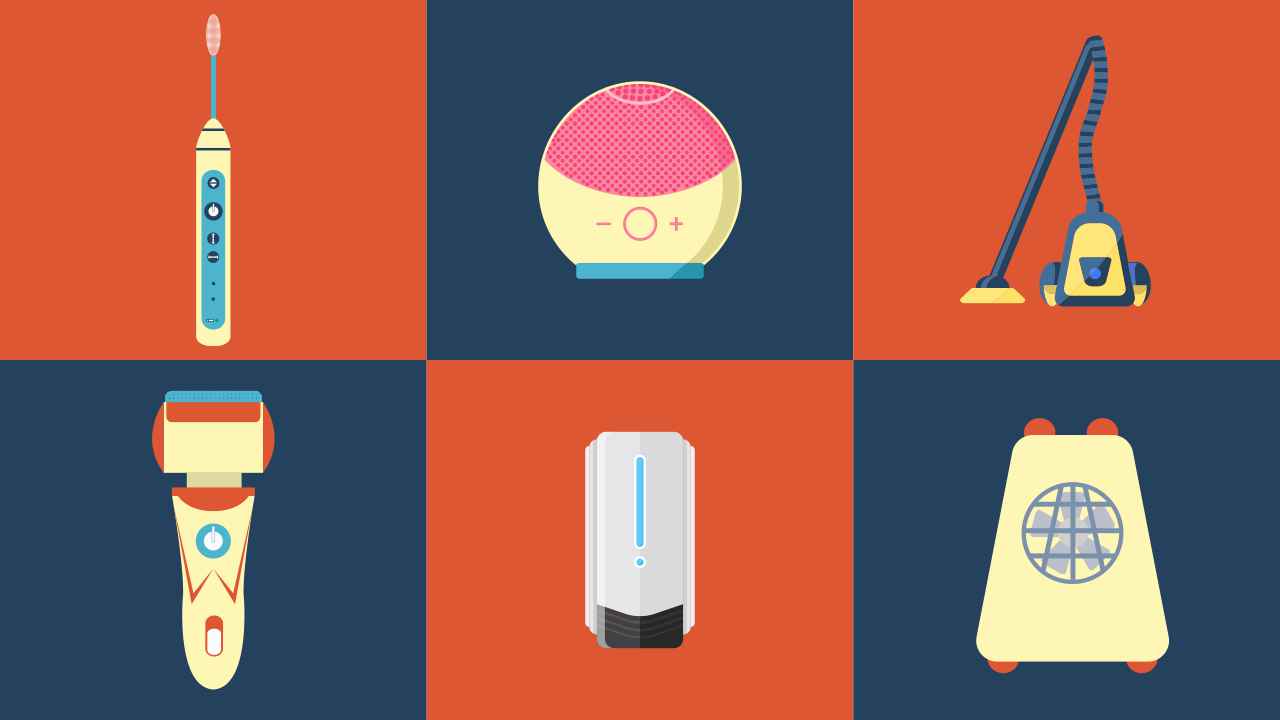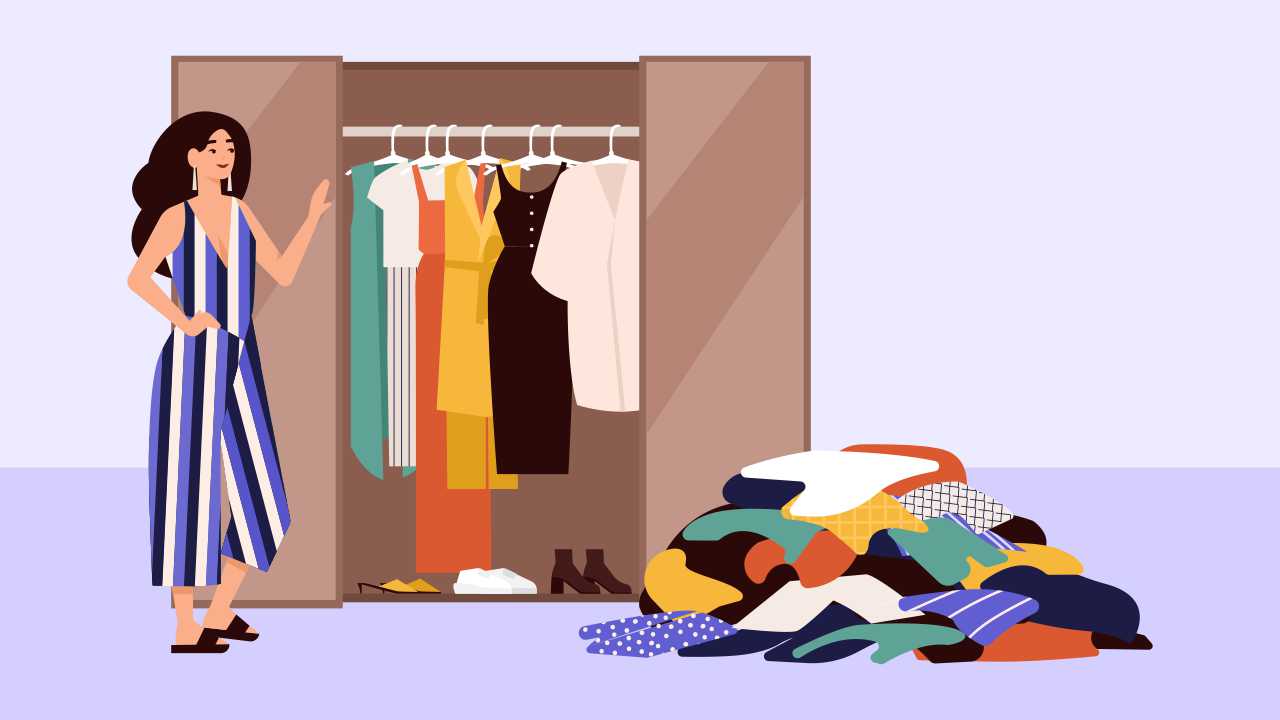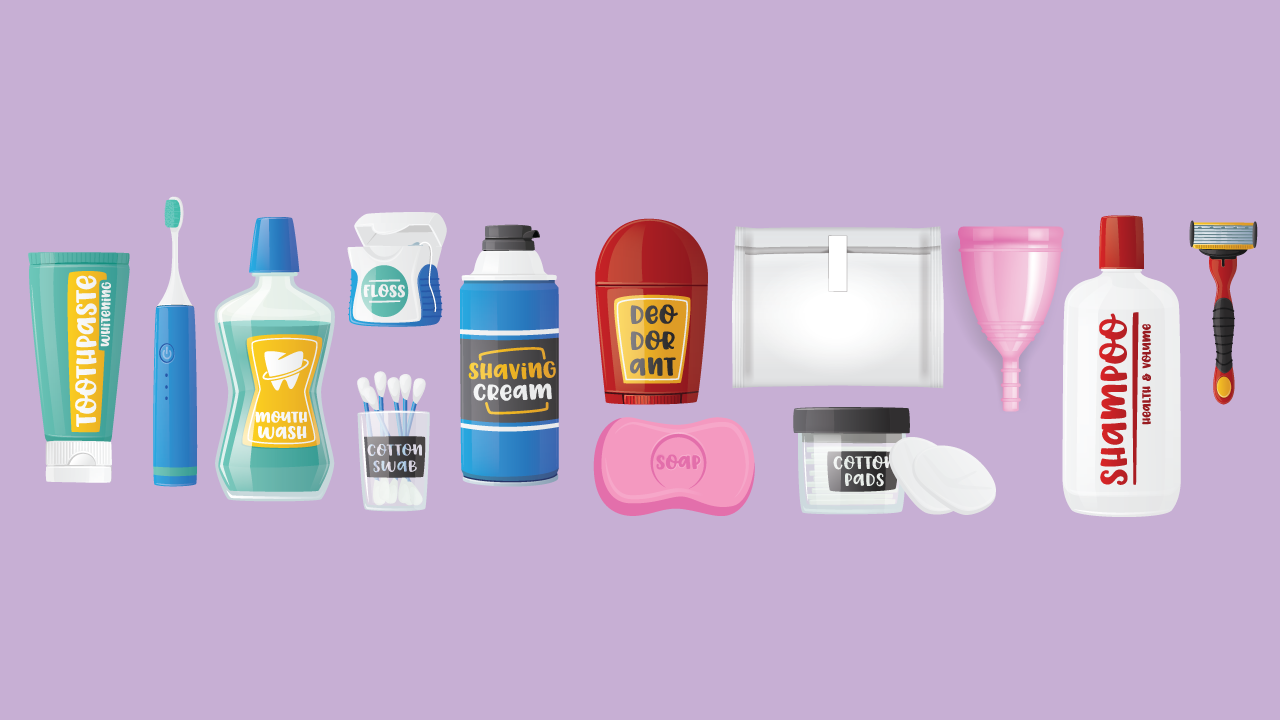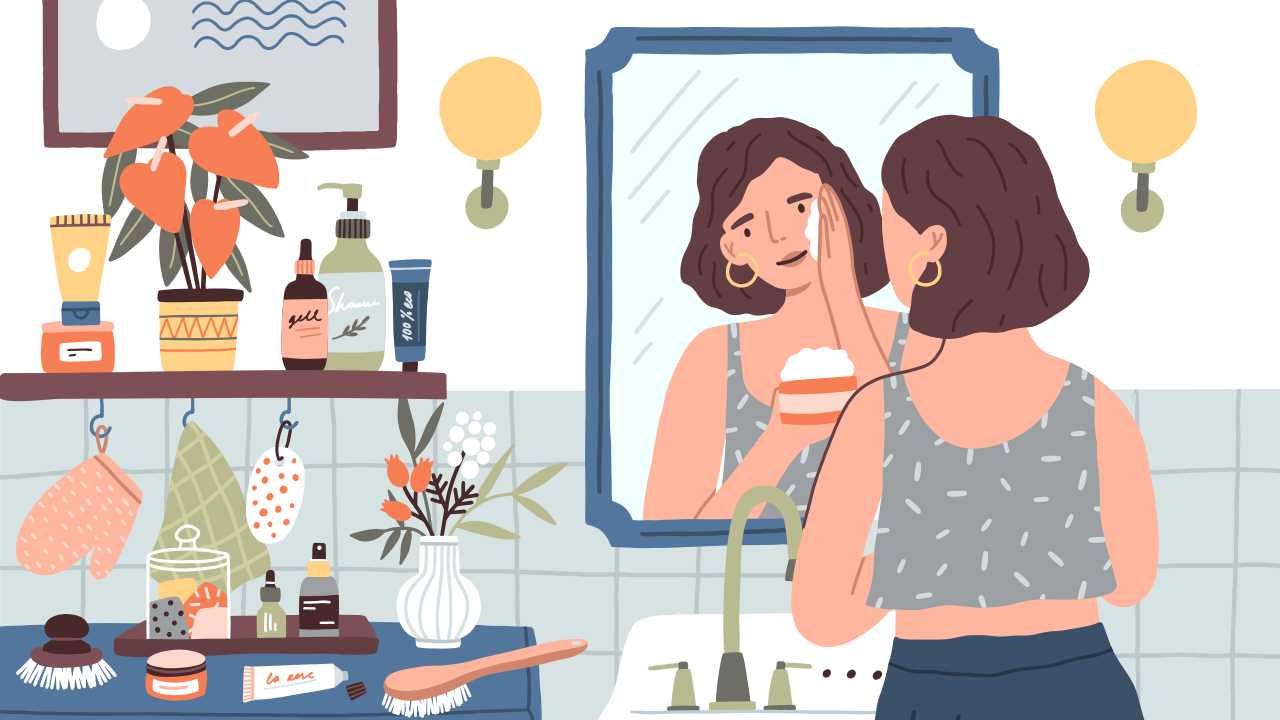
How to Keep Your Belly Button Clean
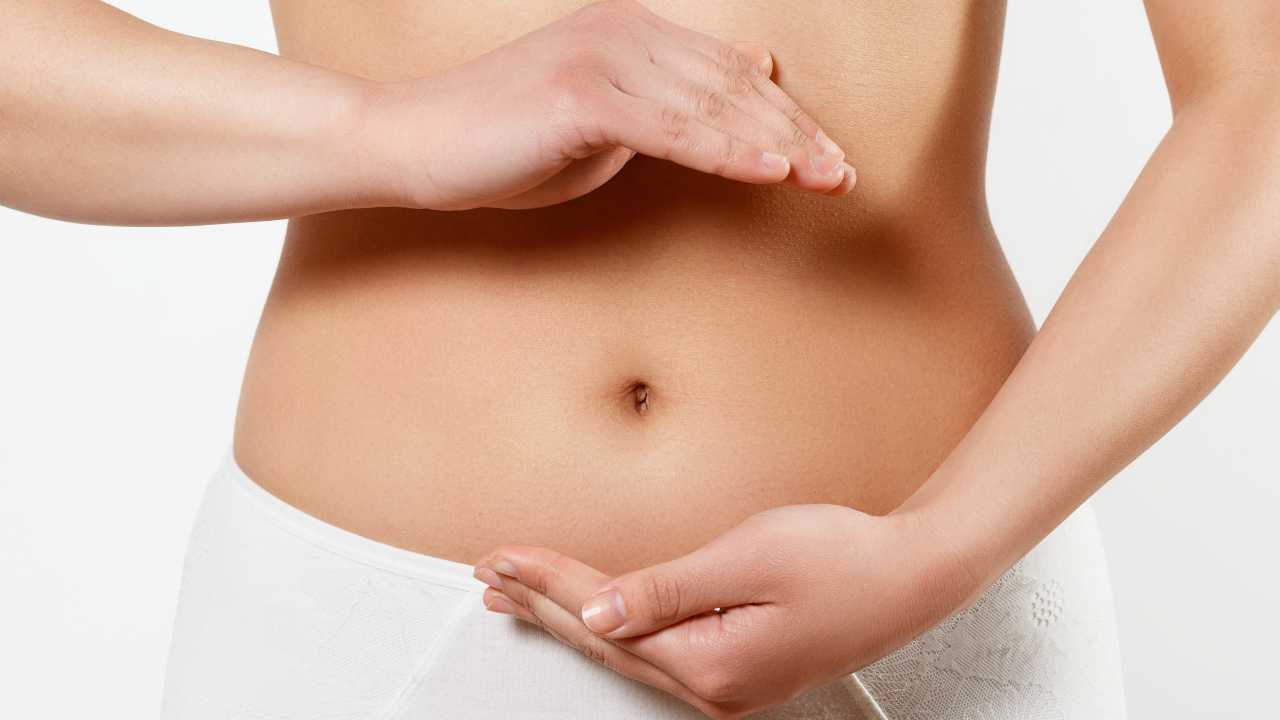
How often do you clean your belly button while taking a shower? If you are still wondering, according to research, the belly button, on an average, can be home to 67 types of bacteria. Generally, the bacteria are harmless. But if proper belly button hygiene is not followed, the bacteria can multiply and lead to foul odor, pain, swelling, and discharge, which can become a matter of concern.
What is the belly button?
Belly button, also known as the navel, is a small depression on the abdomen where the umbilical cord was attached to the placenta during pregnancy.
Belly button shapes and sizes
Belly buttons come in various shapes and sizes. The shape is determined by the attachment of the umbilical cord in the fetal stage. Shapes of umbilical cords are broadly classified as “outie” and “innie”.
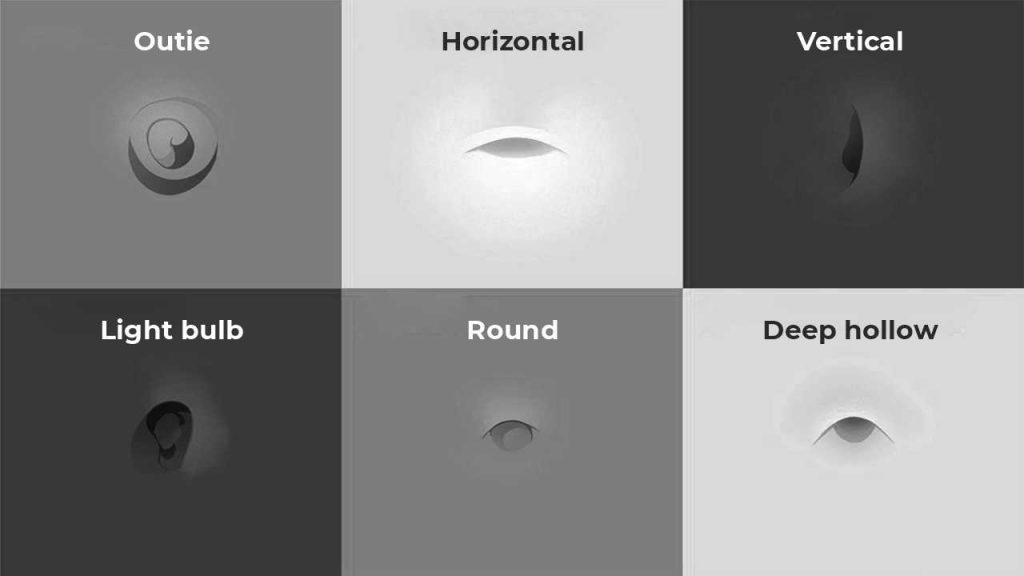
1. Outie: This type of belly button is protruding out. Around 10% of the population has this type.
2. Innie: This type of belly button is protruding inwards. The innie type can have different shapes as follows:
3. Vertical: Also referred to as a split belly button, it looks like the stomach makes a slight split. It has a very little hooding and appears like an “I” imprinted on the skin. Typically very narrow, this is the most common type of belly button.
4. Horizontal: Also known as the T-type belly button, it has a depression at the top which makes it look like a “T”.
5. Deep hollow: This one resembles an open mouth or some people may even call it funnel shaped. This is common in people with excess abdominal fat.
6. Round: It is symmetrically round, concave, and does not have any hooding.
7. Light bulb: It appears like a light bulb with a small hooding at the top. This oval-shaped belly button appears narrow toward the bottom, giving it a bulb-like appearance.
Also Read: Genital Hygiene for Women: Dos and Don’ts You Should Know
What can poor belly button hygiene lead to?
The belly button can trap dirt, sweat, oil, dead skin, and microbes like bacteria and fungi. If proper hygiene is not maintained, these microbes can start multiplying and cause infections. Infections can lead to white, yellow, brown, or a bloody discharge, and sometimes can be accompanied by bad odor. Symptoms may also include redness, itching, swelling, and pain.
Bacterial infections
- Bacteria in the belly button can multiply and cause infections. Sometimes, even belly button piercings can get infected because of poor hygiene.
- Bacterial infections cause a green or a yellow discharge, which is accompanied by a foul smell. At times, you may also experience swelling, pain, or a scab in the local region.
Also Read: Common Diseases Caused by Poor Hygiene
Yeast infections
- This infection is caused by Candida fungi. These fungi thrive in dark and moist areas and cause candidiasis.
- Candidiasis can lead to thick white discharge and cause red and itchy rash in the local region.
Cysts
Cyst is a fluid or air-filled sac that can appear on any part of the body. Cysts can be of many types and most of them are non-cancerous.
1. Urachal cyst
Urachus is a small tube which connects the fetus’ bladder to the umbilical cord to drain the fetal urine. Normally, urachus closes before birth. But sometimes, it may not close properly. A cyst may develop in the urachus and can get infected. This can result in bloody or cloudy discharge accompanied by pain, fever, and a lump in the abdomen.
2. Epidermoid cyst
Epidermoid cyst is the most common type. It is filled with keratin (a type of protein found in hair or nails) and has a blackhead in the center. If the cyst gets infected, it may lead to thick yellow, smelly discharge and can be accompanied by redness and swelling in the local region.
Treatment
- If you observe discharge from the belly button along with symptoms like fever, redness, tenderness, or pain while urinating, see a doctor immediately.
- The doctor will examine the belly button and send the discharge samples to a microbiologist for further tests.
- To treat the infection, the doctor may prescribe antibacterial ointment, antifungal powder, topical cream, or lotion.
- If the cyst is infected, the doctor may suggest oral or topical antibiotics. Sometimes, the cyst needs to be drained. When the infection clears, the doctor will remove the cyst by performing a laparoscopic or laser surgery.
How to prevent belly button infections
To prevent infections, practice good hygiene like:
- Clean your belly button with a mild antibacterial soap or saltwater.
- Use a washcloth to clean the inside of your belly button and remove all the dirt.
- After washing and cleaning, dry the belly button well to prevent retention of moisture.
- Do not apply any creams or moisturizers in the belly button. This can trigger clogging and promote bacterial or fungal growth.
- Wear loose comfortable clothes made from natural fabric such as cotton. This will ensure proper air flow and not act as irritants to the belly button.
- Avoid getting pierced, especially if you have had a belly button infection before. Piercings take longer to heal and are highly susceptible to bloodborne diseases and allergies. But if you do get one, make sure to clean it properly to prevent infections.
If you have diabetes, you need to manage your blood sugar levels as high blood sugar levels reduce your immunity to fight common infections, including those affecting the belly button.
Washing and cleaning the belly button must be a part of personal hygiene. This indentation in the body can accumulate dirt, sweat, dead skin, and microbes that may lead to infections. The best way to avoid them is to keep the belly button clean.
References
1. Watson S. What’s Causing Your Belly Button Discharge? Healthline. https://www.healthline.com/health/belly-button-discharge (accessed May 14, 2021).
2. Sissons C. How to stop your belly button smelling. Medical News Today. https://www.medicalnewstoday.com/articles/320706 (accessed May 14, 2021).
3. Belly Button Problems. MedicineNet. https://www.medicinenet.com/belly_button/article.htm (accessed May 14, 2021).
4. Nall R. Belly Button Types, Shapes, and Sizes. Healthline. https://www.healthline.com/health/belly-button-types (accessed May 14, 2021).
5. Delgado A. What’s Causing This Cyst? Healthline. https://www.healthline.com/health/cyst#:~:text=A cyst is a sac,cysts are benign%2C or noncancerous (accessed May 14, 2021).
6. Hulcr J, Latimer AM, Henley JB, et al. A Jungle in There: Bacteria in Belly Buttons are Highly Diverse, but Predictable. PLoS One 2012; 7. DOI:10.1371/journal.pone.0047712.




